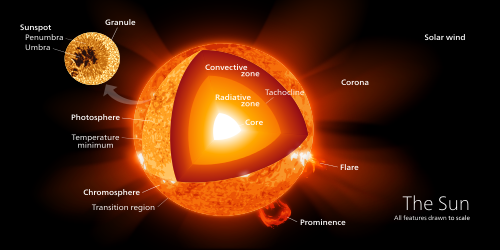Nuclear Fusion 40 - Three Promising Commercial Approaches To Nuclear Fusion Power
The most exciting subject in energy is the prospect for nuclear fusion. I have occasionally blogged about current work on nuclear fusion. Research has been going on since the 1970s and there is an old joke that nuclear fusion is always forty years away, but things are changing. With fuels cheap and abundant, nuclear fusion holds great promise. It would be safer than nuclear fission power and would not produce toxic radioactive spent nuclear fuel which is piling up around the world. The cost of fusion reactors when they reach the market should be a fraction of the cost of new nuclear fission plants. Since it is the end of the year, I though that I would mention a few of the most important current research programs followed by a review of a few of the most promising commercial startups.
General Fusion is based in Vancouver, Canada. They have raised almost a hundred million dollars from Amazon’s Jeff Bezos and other investors. Their approach to nuclear fusion is called “magnetized target fusion.” The fusion fuel is a pellet of hydrogen that is held by magnetic fields as it is heated to a plasma state. Then, there is a brief powerful squeeze by magnetic fields that triggers the fusion reaction. This approach combines two older methods called magnetic confinement and inertial confinement. Hydrogen is a common element.
TAE Technologies (formerly known as Tri Alpha Energy) is located in California. Paul Allen of Microsoft fame is one of the principle investors. TAE calls its approach “friendly fusion.” The fuel consists of particles that have been accelerated in particle accelerators. Then they are injected into a field-reversed configuration which is a self-stabilizing rotating cylinder of particles that resembles a smoke ring. The cloud of particles is then compressed to cause the fusion reaction. Fuels being considered include hydrogen and boron-11, the interaction of which does not produce neutrons. Boron-11 is a stable isotope that constitutes about eighty percent of the boron in deposits of borax. Borax is a common mineral. It is expected that TAE will have a working reactor within ten years.
Helion Energy is located in Redmond, Washington. Paypal’s Peter Thiel, NASA, the Department of Energy and the Department of Defense have all invested in Helion. They are working on what they call the Fusion Engine. They claim that it will be a thousand times smaller and five hundred times cheaper than the competition. Their approach is to compress a plasma of deuterium and helium 3 in a cycling system. Once a second, a compression of magnetic fields triggers a brief fusion which repels the magnetic fields similar to the way that a piston engine works. As the magnetic fields are repelled, the system directly produces electricity. Deuterium is hydrogen with a neutron in the nucleus. It is present in all the water on Earth at about one percent. Helium-3 is rare on Earth but the system recycles it so not much will be needed. It is estimated that there are vast amounts of Helium-3 on the Moon. Helion hopes to have a prototype of a commercial nuclear fusion reactor built by 2019.
Cheap, abundant, carbon-free and non-polluting energy would have an enormous positive impact on the entire world. Let us hope that one of these three companies or any of the other companies working on nuclear fusion succeed in the near future.
Natural Fusion Power Plant:
